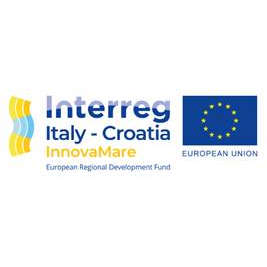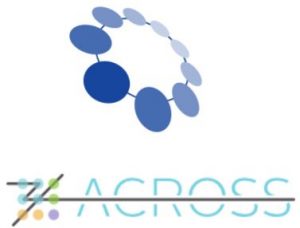On Friday, November 25th, 2022 at 10:00 a.m. at the University of Dubrovnik, Ćira Carića 4, lecture room D1, LARIAT will host Dr. Ben J. Wolf from Faculty of Mechanical, Maritime and Materials Engineering, Delft Center for Systems and Control, Delft University of Technology – one of the world’s leading research universities, who will give a guest lecture with an interesting title: “Hydrodynamic Imaging using Artificial Intelligence”.
Ben J. Wolf received a Ph.D. degree (cum laude) in Artificial Intelligence from the University of Groningen, the Netherlands in 2020 on the topic of Hydrodynamic Imaging. He is currently a Post-Doctoral Researcher at the Delft Center for Systems and Control, at Delft University of Technology working on image-based under water trash detection in the context of the SeaClear project: a collaboration that includes UNIDU and DUNEA among others.
His research interests include machine learning, neural networks, robotics, and hydrodynamic sensing.
In this lecture entitled Hydrodynamic Imaging using Artificial Intelligence you will have the opportunity to learn more about how to explore the information that is left behind by underwater objects in their wake, how this information can be measured, and how it can be used to identify properties of these objects, such as their relative location and shape.
To this end, a novel type of fluid flow sensor is developed, capable of measuring the fluid flow speed in two dimensions for the first time, which is shown to be beneficial for hydrodynamic imaging: determining the properties of moving objects by measuring their produced flow.
An array of these flow sensors is deployed at different length scales, from several centimetres to several meters. The measurements resulting from nearby objects in motion are used to show that hydrodynamic imaging can be scaled up considerably from its biological dimensions.
The flow measurements are processed with a variety of artificial neural networks and deep learning methods, including the ELM, MLP, ESN, LSTM, and CNN. These are shown to be well-suited for determining an object’s location, its direction of motion, or its shape solely based on fluid flow data.
We invite all those interested in learning more about the lecturer and this interesting topic to join us at the lecture on Friday, November 25th at 10:00 a.m., Ćira Carića 4, lecture hall D1.


